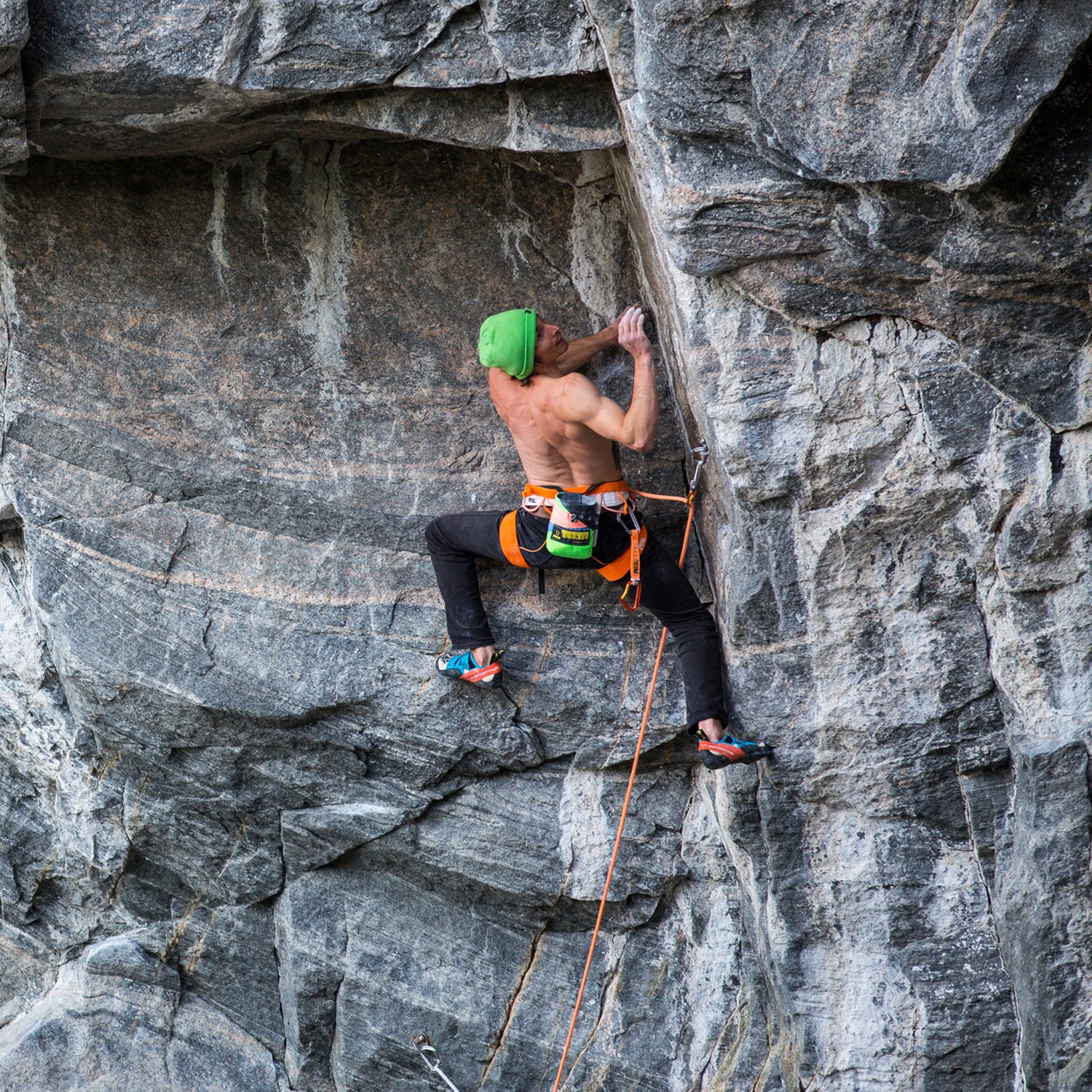Weakness is a hugely motivating factor for Daniel Woods, 26, which is ironic considering he’s one of the world’s strongest rock climbers. Back when he was nine years old, he got picked on for being the puniest runt on his local junior climbing team in Boulder, Colorado.
“I was on a team of really strong kids, and I was the weakest one,” Woods says. “I was also kinda shy and reserved. It was easy for some kids to push me around.”
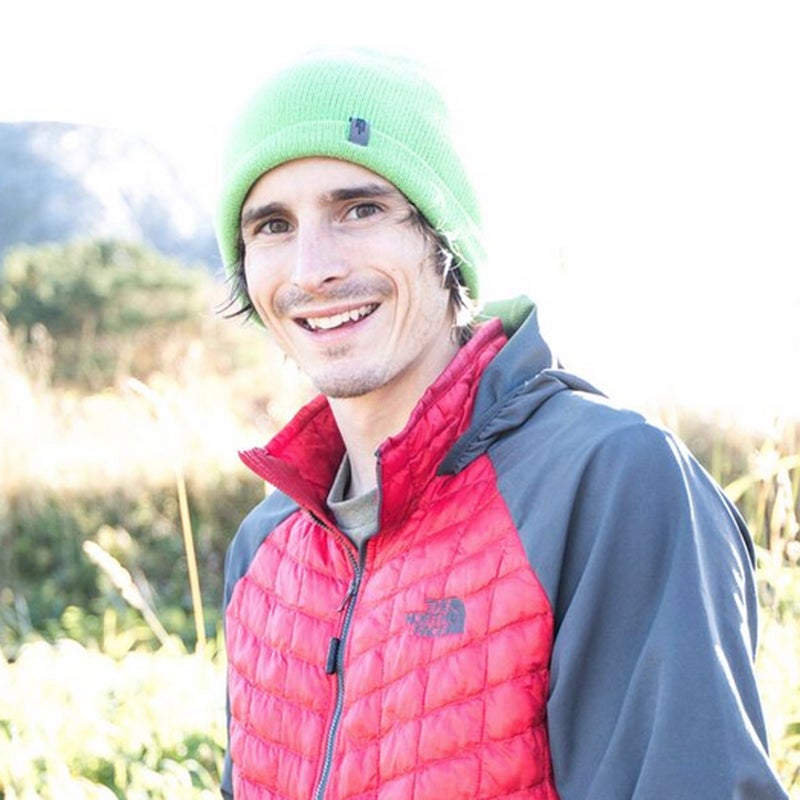
The experience drove Woods to push himself harder than all those around him. “I started getting stronger and gaining confidence,” he says, “and I just worked a lot harder than the other kids who had more natural talent than me. When they saw me coming up, they got competitive. But,” Woods smiles, “I’m climbing now, and they’re not.”
That he is. Woods has climbed 23 boulder problems rated V15, one of the hardest designations assigned to a bouldering problem, or harder—more than anyone else. He’s an eight-time national bouldering champion. And he can make a set of one-arm, one-finger pull-ups look as casual as LeBron James hitting free throws during his warm-up.
Last January outside of Bishop, California, in an area known as The Buttermilks, Woods completed his hardest boulder yet: The Process—a 50-foot boulder with multiple crux difficulties and a high risk of injury should you fall from the top. The world’s first-ever V16 problem, it is now considered the hardest in the U.S.
“The moment I saw this line, I was inspired but also very intimidated,” says Woods. “I knew it was going to be the perfect mental test for me, and I was ready to dive in deep.”
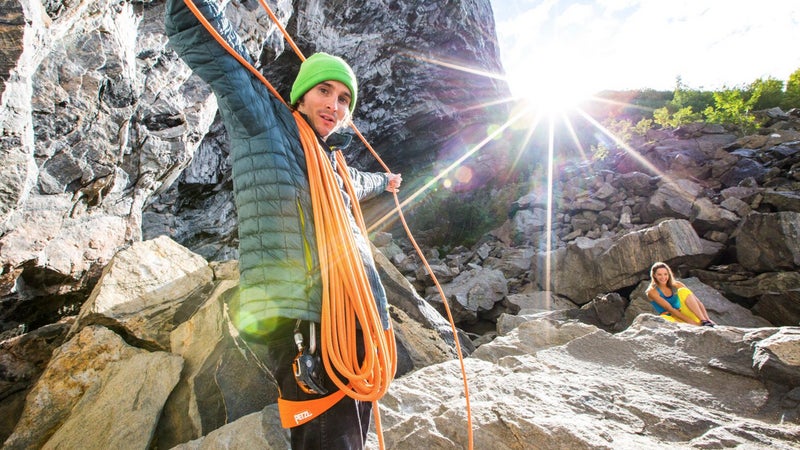
Next up: getting his mind as strong as his hands. To take that next step, Woods transitioned away from power-based bouldering to endurance-based sport climbing. Unlike bouldering, where elite athletes like Woods climb short, intense routes without a rope, sport climbing requires scaling longer routes and clipping into permanent anchors affixed to the rock. It’s a physical challenge akin to a sprinter transitioning to ultra marathons, and to help him make the switch, he’s planning to move later this year to Catalunya, Spain, the sport-climbing epicenter of the world and the adopted home town of Chris Sharma, widely hailed as one of the best rock climbers of all time. We caught up with Woods before he jumped the pond.
���ϳԹ���: Was completing The Process a culmination of your last ten years of bouldering?
Woods: Yeah, it definitely tested everything I’ve learned in bouldering. Power. Fear. Endurance. Self-Doubt. Being able to bring all these elements full circle and apply them to this one climb allowed me to complete my greatest challenge at this point in bouldering. And I think that’s the reason why I’m ready to move on to something else. I feel like I’ve completed what I want to so far in bouldering, so now, in order to progress as a climber, I need to step out of my comfort zone and learn how to climb differently.
That’s one great thing about climbing: its diversity of disciplines.
Yeah, that’s what beautiful about the sport. Climbing has all these different outlets within the sport that can keep us interested and teach us a lot of things about ourselves and our abilities.
Some people have the drive to stick with just one discipline and perfect that. But I want to be known as a climber who can do well in all disciplines—not just one.
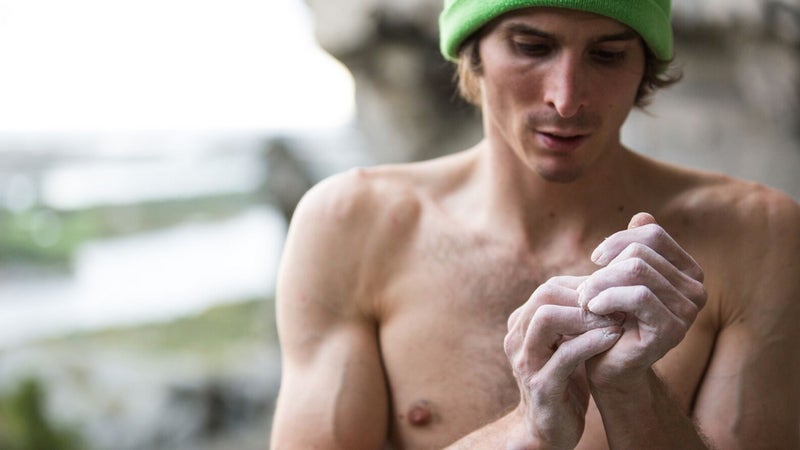
Will your background as a boulderer help or hurt you in sport climbing?
Both. After ten years of bouldering, I know what my body can do on the rock—I can see what types of moves are possible. And I’m excited to apply that mindset to bigger walls. Those next-level routes, where you’re climbing V14 boulder problem on top of V14 boulder problem for 100 feet, will require a boulderer’s mindset to be able to complete.
But I’m still learning how to sport climb. I’m learning it’s all about rhythm, breathing, and not letting your head wander. You have stay present for a lot longer than in bouldering and keep that concentration for 200 feet of climbing.
How did breathing techniques help you ascend The Process?
I think with any sport you do, but especially with climbing, breathing is a very powerful tool. When you know how to breathe and use different breaths and different checkpoints on a route or boulder, it allows you to maintain the rhythm that you need to perform. With The Process, I needed to amp up at the start, then be steady and consistent in the middle, then be relaxed and calm at the top when it got really scary. Each of these sections required a different style of breath.
How does that transfer over to sport climbing?
On a recent trip to Norway, I climbed longer, bigger sport climbs. I realized that you have to continue a constant circulatory breath between each move, which allows you to focus more on the moves themselves and less on getting pumped to execute them. Then you can kind of turn your head off and let your body just go into action. But, I admit that it’s hard to get into that zone
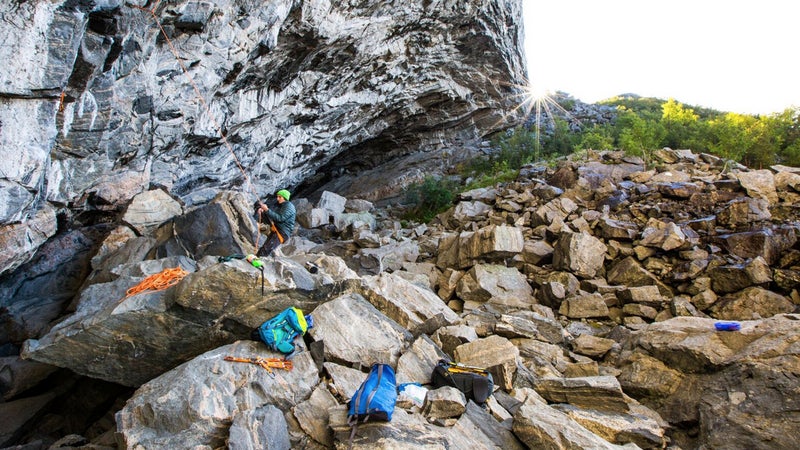
What are your climbing goals in Spain?
I’m psyched to climb some Chris Sharma’s routes: Papichulo (5.15a), First Round First Minute (5.15b), and El Combat (5.15b). If I did all three of those climbs, I’d be super stoked. Even if I did just one of them, I’d be really stoked.
What separates great sport climbers, like Adam Ondra and Chris Sharma, from the rest?
Obviously, those guys are strong physically. But it’s what’s in their heads that makes them great. They trust themselves to know that they can do any sequence out there. And if the sequence is not their style, they’re both really good at figuring out a sequence that works for their body types.
Especially Ondra. When he goes for an on-sight [doing a climb without any information about it beforehand], it looks like a redpoint [completing a route on lead without ever weighting the rope]. It’s taken him many years of training to reach that mindset, but he has the mental strength to do whatever he wants to do. So that’s what I’m working on now. I know my strengths. I know what I’m capable of. But it’s believing in that and convincing myself that if I breathe and keep it together and stay in that meditative state, all I have to do is climb, and the sequence will be solved, and the climb will be complete.
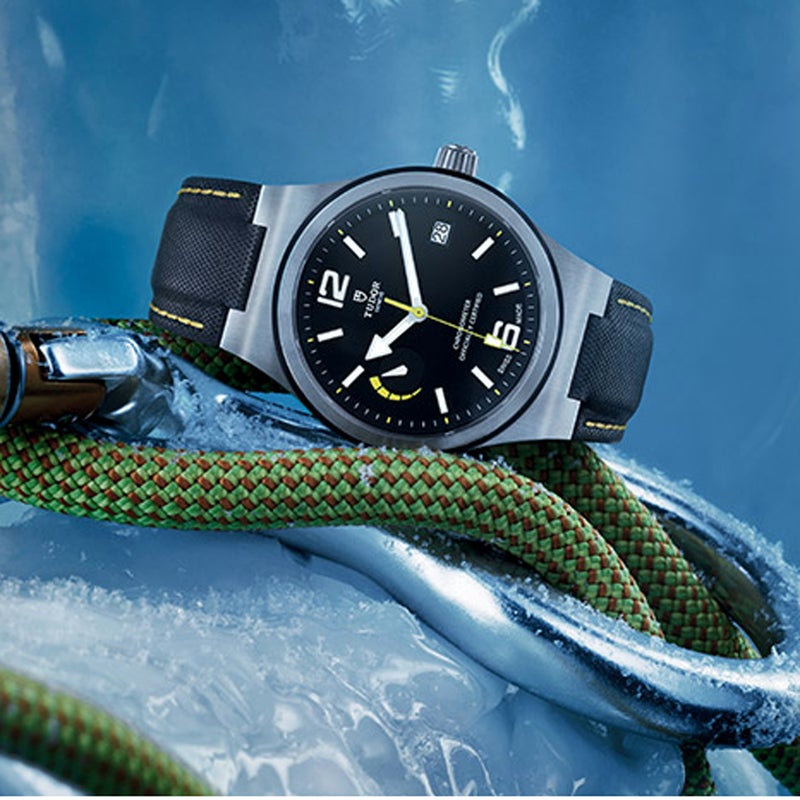
Daniel Woods is one of the world’s strongest rock climbers. The eight-time national bouldering champion has put up more difficult routes than any climber of his generation, including the world’s first-ever V16-rated bouldering problem. Turns out he’s just getting started. The professional climber is now turning his focus to sport climbing, and moving to Spain to explore new frontiers of climbing. TUDOR creates its 100% Swiss-made watches, like the North Flag, with the same pioneering spirit and takes pride in manufacturing serious tools that have been enabling adventurers like Woods for generations.
Check out the TUDOR North Flag .

